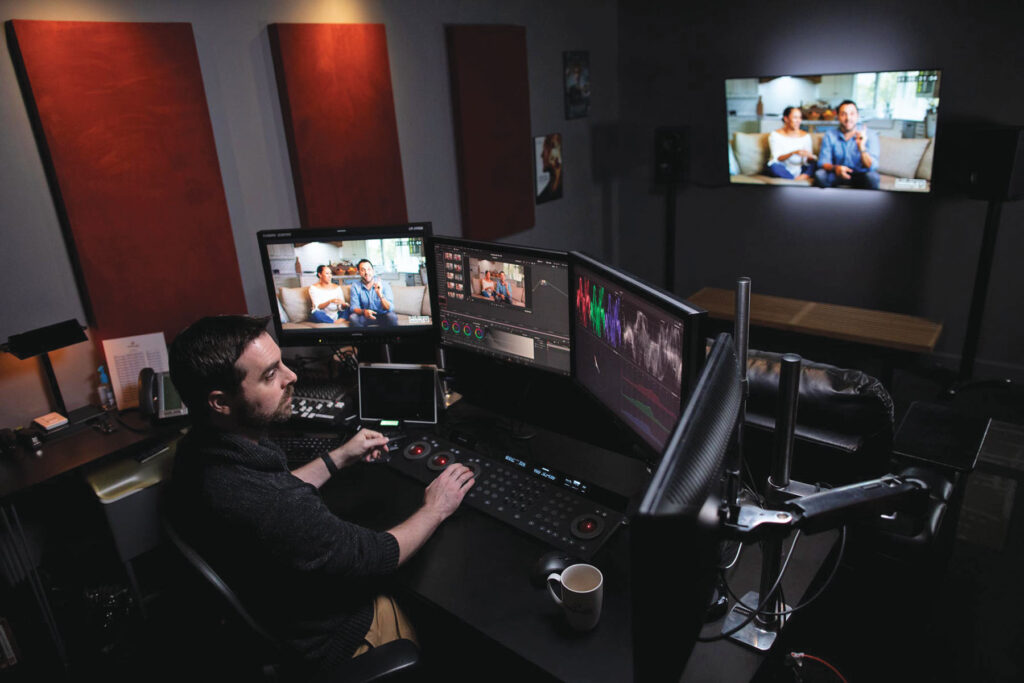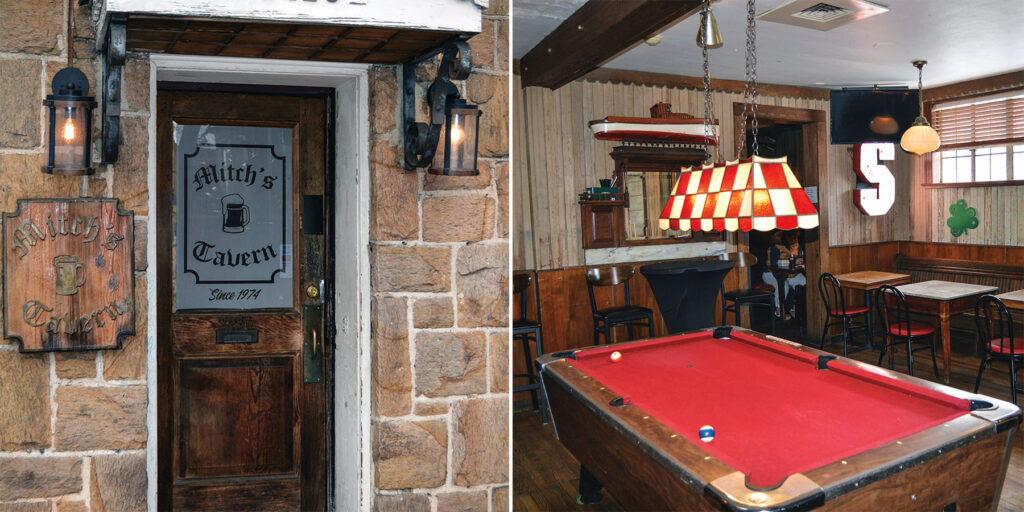Article:
North Carolina plays a leading role in film and television content production.
BY MARIO BOUCHER
North Carolina may not be Hollywood East, but film and television production here contributes significantly to the state’s economy. With productions using diverse landscapes and architectural styles for movies, television series and reality shows, locations across the state have been featured in the media—from Biltmore Estate in Asheville to Cinespace Studios and Dark Horse Studios based in Wilmington.
“We certainly have unique architectural features and landscapes, “ says Guy Gaster, director of the North Carolina Film Office, which is part of Visit North Carolina and The Economic Development Partnership of North Carolina. “We also can have a lot of non-descriptive areas, and that—particularly in the last ten years—has really played into our favor. Productions can come here, and it can be Anywhere, USA. Being able to portray a lot of different places has certainly worked in our favor.”
ECONOMIC BENEFITS FROM PRODUCTIONS
Since 2015, production companies have spent an average of $156 million annually in North Carolina for projects, including feature-length films and television/streaming series. Gaster says the hope is that once things return to normal (after the Covid pandemic and a couple of Hollywood strikes), those numbers will inch closer to $300 million annually per year.
“That relates easily to 10 or so major projects, whether these are TV or streaming series, made-for-TV movies or feature-length films,” says Gaster. “That’s where I see us heading and where we can be realistic. We would love to see those numbers grow.”
The North Carolina Film and Entertainment Grant provides financial assistance to productions by providing 25% rebates. A production must meet direct in-state spending requirements to qualify for grant funds. It must spend a minimum of:
$1.5M for a feature-length film $500,000 for a made-for-TV/streaming movie $500,000 per episode average for a TV/streaming series $250,000 for a commercial
“Part of the reason that the state has gotten involved in these projects or sees the value in the amount of money is that the productions will spend in a local community, which is an asset,” says Gaster. “There’s more to it than the product people see on the screen. There is certainly a business side that includes jobs and spending at local vendors.”
Visitors spend money in local communities visiting places featured in their favorite movies or TV series. In the west side of the state this includes the Biltmore Estate in Asheville; the Blue Ridge Mountains, seen in “The Last of the Mohicans” (1992); and the Cheoah Dam near Robbinsville, which was featured in “The Fugitive” (1993). In the Triangle area, the North Carolina State Capitol building has been used frequently as a stand-in for Washington DC, such as in the TV series “Homeland” (2011–2020), and the classic comedy “Bull Durham” (1988) was filmed at the Durham Athletic Park and at Mitch’s Tavern in downtown Raleigh.
“There’s certainly room to grow, and as more productions come into the state, I do think it makes an attractive industry for people to get into and find regular work within it,” says Gaster.



WORKING AND LIVING IN NORTH CAROLINA
Eric Johnson, Senior Vice President of Sound and Engagement at Trailblazer Studios based in Raleigh, has helped grow the production company from a local shop into an industry player, helping to make North Carolina a major production hub. Trailblazer Studios offers many services, including postproduction (color grading/finishing, editorial, and motion graphics/visual effects), music and sound (audio post, music supervision and licensing, and original music), and production (stage rental and various services).
“The main attraction to working in North Carolina for us is living in North Carolina,” says Johnson. “Most of our staff lived here prior to joining Trailblazer, and the rest of the team made the choice to move to North Carolina from LA, New York, Miami and other places—for the work opportunity, but equally for the quality of life North Carolina provides for them and their families.” He adds, “The majority of our clients are not here in North Carolina, and early on we had to do a bit of convincing to get them to work with us over the years. The quality of our work and positive word of mouth about the experience of working with us has made the fact that we’re not in New York or LA a non-issue.”
Since the pandemic, Trailblazer Studios’ ability to collaborate remotely with clients and artists, along with their acceptance of remote work, has allowed the production company to work with even more clients. And being located near RDU “makes it easy for us to jump on a plane to New York, LA or anywhere else for in-person sessions,” Johnson adds.
Trailblazer Studios is currently working with Figure 8 Films on new episodes of “Sister Wives” and “7 Little Johnstons” and recently helped on “James Brown: Say It Loud,” which premiered on A&E. “We’re currently finishing up a series for ABC News Studios and working on an animated film with an LA–based director,” says Johnson.
The Future of Entertainment Productions in North Carolina
Wilmington has become a major production center: Cinespace Studios provides 10 stages and 152,000 square feet of production space, while Dark Horse offers nearly 80,000 square feet of stage and office space with flexible warehouses. It was in the 1980s that major producer Dino De Laurentiis decided North Carolina was an ideal location for his projects.
“Dino decided to move his operations to Wilmington, and from there he trained a workforce from scratch and built what is now the space occupied by Cinespace Studios Wilmington,” says Gaster.
The list of productions filmed in the city by the ocean are numerous, dating back to the late 1990s when the TV series “Dawson’s Creek” began production. Between 1998 and 2012, “Dawson’s Creek” and its sister show, “One Tree Hill,” were filmed in Wilmington, highlighting life amongst teenagers living in North Carolina as part of their stories.
“Those two shows really served as an anchor for the industry in that part of the state,” says Gaster. “There was steady work on each series annually, but it also attracted additional projects there while these [productions] were taking place.”


Could a similar facility be set up in the Triangle area? Some investors have expressed interest, but there is nothing concrete yet. “We have no objection to that [expansion] at all, and it would certainly help with our recruitment efforts,” Gaster says.
Experienced crew and a proper infrastructure are needed to set up a soundstage facility in the Triangle area, not unlike how Dino De Laurentiis set up his studio in Wilmington.
“If you build it, will they come?” asks Gaster. “Are you able to attract productions that make up for the shortcomings here, or find an investor to build a studio the way Dino did in Wilmington?”
Johnson says North Carolina’s television and film industry is poised to take a leading role in content creation for productions in the next few years. “The convergence of technology and film/TV production could lead to amazing career opportunities for students coming out of North Carolina colleges, universities and community colleges in areas such as virtual production, AI-assisted production, and a number of other lesser-known roles in the industry for engineers, accountants and lawyers,” says Gaster.


